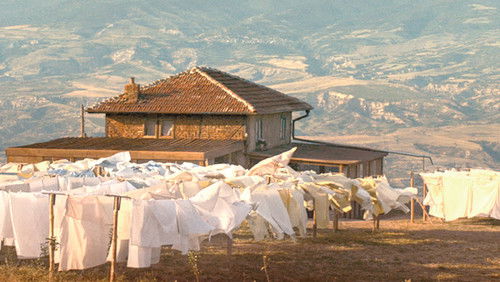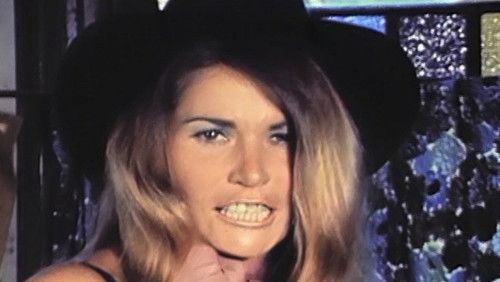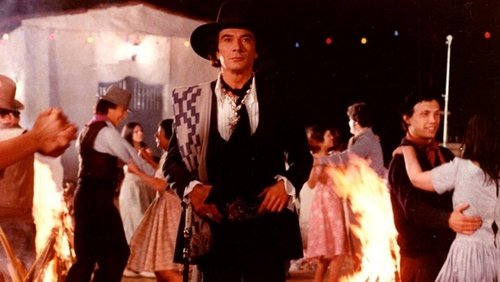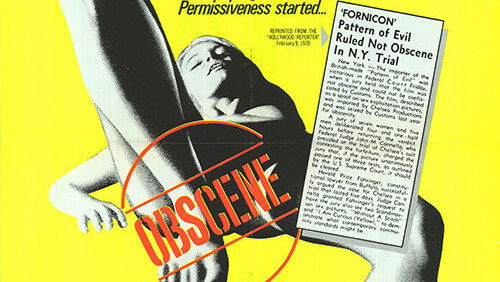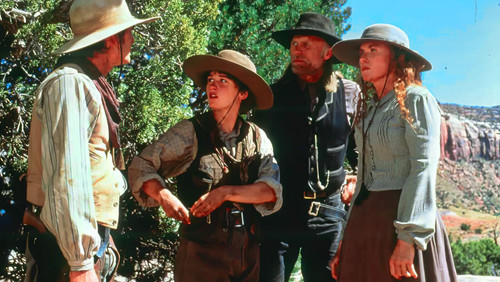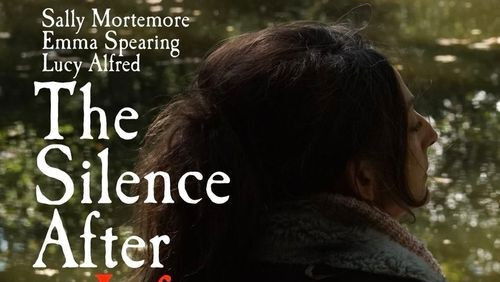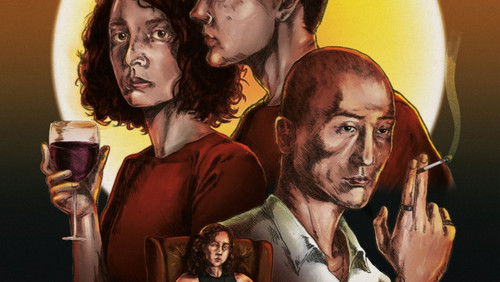Der Todeskuß (1947)
42KDer Todeskuß: Directed by Henry Hathaway. With Victor Mature, Brian Donlevy, Coleen Gray, Richard Widmark. Nick Bianco is caught during a botched jewellery heist. The prosecution offer him a more lenient sentence if he squeals on his accomplices but he doesn’t roll over on them. Three years into the sentence an event changes his mind.
“Nick Bianco is a smalltime robber who finds himself facing a long prison sentence. He is offered a deal which presents him with a tough dilemma. Can he reform? Does he have it in him to turn his back on his criminal pals? Is he capable of leading a useful life?u003cbr/u003eu003cbr/u003e Manhattan is itself the very essence of film noir. What Lorca called u0026quot;the extrahuman architecture and furious rhythmu0026quot; of The City, this totally manmade environment, is both impressive and somehow sinister. Borrowing from German Expressionism, the makers of noir saw the Metropolis as a twentieth-century emanation of the Frankenstein theme – that by industrialising, we have created our own worst nightmare. In u0026quot;Kiss Of Deathu0026quot; we get the obligatory Manhattan skyline, but more significantly Biancou0026#39;s new home, outside which his little girls roller-skate, is overshadowed by brooding spans of bridges. No matter how Bianco may love his domestic idyll, The City is in him and around him, and he cannot escape u0026quot;that good old hoodlum complexu0026quot;.u003cbr/u003eu003cbr/u003e The screenplay by gifted noirists Hecht and Lederer is excellent. Complex strategy, both in Di Angelou0026#39;s plans to outwit the witness-intimidators, and Nicku0026#39;s final showdown with the bad guy, is conveyed effortlessly to the viewer. The little touches by which Nick gains our sympathy (unfair treatment in the workplace, his good handwriting, etc.) are expertly laid. The scene in which Di Angelo gradually undermines Nicku0026#39;s hostility is a particularly fine piece of writing. Though a major criminal trial forms a plot pivot, the writers resist the temptation to wallow in courtroom drama. We see nothing of the trial, and the movie is slicker and tauter for it. In a similar vein, mobster Pete Rizzo is important to the story, but never actually appears onscreen. His presence would only slacken the narrative rhythm. The fact od Nettieu0026#39;s marriage is communicated to the viewer with elegant concision, and her happy home life is shown symbolically, without being dwelt upon.u003cbr/u003eu003cbr/u003e Richard Widmark is simply marvellous as Tommy Udo, the creepy psycho. His oscillation between manic levity and unhinged viciousness is fascinating to watch. The scene where Udo humiliates his u0026quot;mollu0026quot; Buster is a masterpiece of cruelty which tells us a great deal about both characters.u003cbr/u003eu003cbr/u003e As the intelligent bulwark of right-thinking society, Brian Donlevy gives a memorable performance in the role of Assistant District Attorney Louie Di Angelo. Coleen Gray is ideal in the part of Nettie, the thoroughly nice girl who falls for Nick. She even takes over the movieu0026#39;s narration, making an interesting shift in tone from terse, authoritative male voice to the softer u0026#39;social conscienceu0026#39; theme of which her character is the embodiment.u003cbr/u003eu003cbr/u003e And the film is not afraid to espouse the liberal cause. Nick loves his children, and a heartless, uncaring society wonu0026#39;t give him a job. He is wrong to stage the hold-up to get money for Christmas presents, but what choice have we hypocrites left him? u0026quot;Nobodyu0026#39;s cried over me for a long time,u0026quot; says Nick. We believe him.u003cbr/u003eu003cbr/u003e Henry Hathaway brings quiet assurance to the directing. The suspense is developed masterfully in two key places, neither sequence relying on dialogue at all for its emotional power. The first is the interminable elevator ride at the start of the film, and the second is Nicku0026#39;s long vigil near the end, as he waits alone for his nemesis to arrive.u003cbr/u003eu003cbr/u003e Earl Howser is played by Taylor Holmes in a superb depiction of a crooked attorney, the glad-handing, glib-tongued u0026quot;eminent shyster with connectionsu0026quot;. In the second conference at Osning, the unctuous Howser says u0026quot;Sit down, son, sit down,u0026quot; then casts a wily look at Nick which reveals his reptilian cunning.u003cbr/u003eu003cbr/u003e Hathaway and his Director of Photography, Norbert Brodine, have come up with one of the best, and best-looking, of all films-noirs. The unrelenting geometry of the wall bricks in the cell area, and the daunting shadow of the bars, represent symbolically the way in which an unyielding society has caged Nick Bianco and closed down his options. Osningu0026#39;s rigid architecture, shot in exaggerated perspective, is the emblem of societyu0026#39;s inflexibility. Shadows of prison bars slant across charactersu0026#39; faces. We are all enclosed and limited by the industrial monster which we have created. The prisoners carry out meaningless work in the machine shop, the crazily spinning bobbins standing for the barren bustle of modern life, and the ubiquitous twine the web of capitalism in which we unfortunates are ensnared. The clang and rumble of el-trains invades living-rooms, the heartbeat of the evil giant entering every facet of our lives.u003cbr/u003eu003cbr/u003e u0026quot;Kiss Of Deathu0026quot; was shot in genuine locations rather than on studio sets, and the use of real buildings gives it an interesting look. Doorways are used throughout the film for clever dramatic effects. Nicku0026#39;s first kiss with Nettie is shot through a doorway, suggesting furtiveness, putting the viewer in the position of a disapproving janitor. The doorway of the bordello opens to Udo, but is slammed in Nicku0026#39;s face. He does not belong here. A moment of sincere mutual affection between Di Angelo and Nick – the only one in the film – happens in a doorway, as if these two men from different worlds can only ever coincide in this transitory way. At the orphanage, a doorway allows us to glimpse a stained-glass crucifix just as Nick is about to embrace his daughters – and redemption. The reunion with Conchita and Rosaria is very moving, and beautifully acted by Mature.u003cbr/u003eu003cbr/u003e Verdict – A Superior Noir.”
